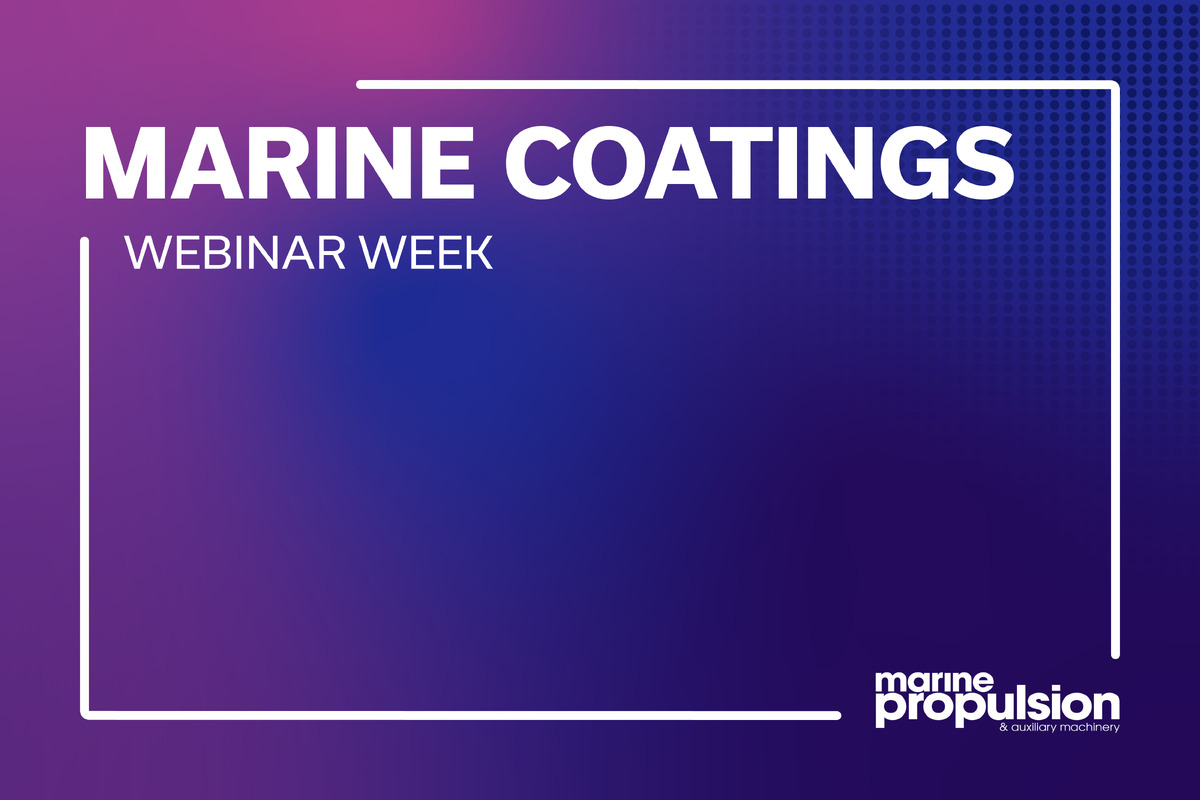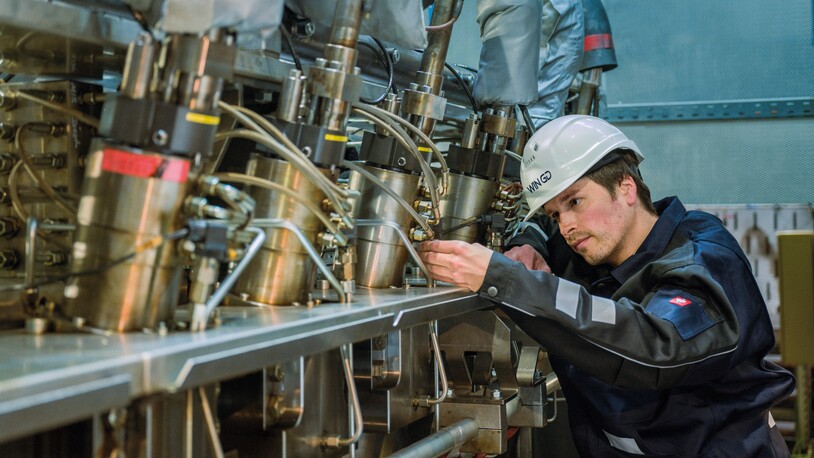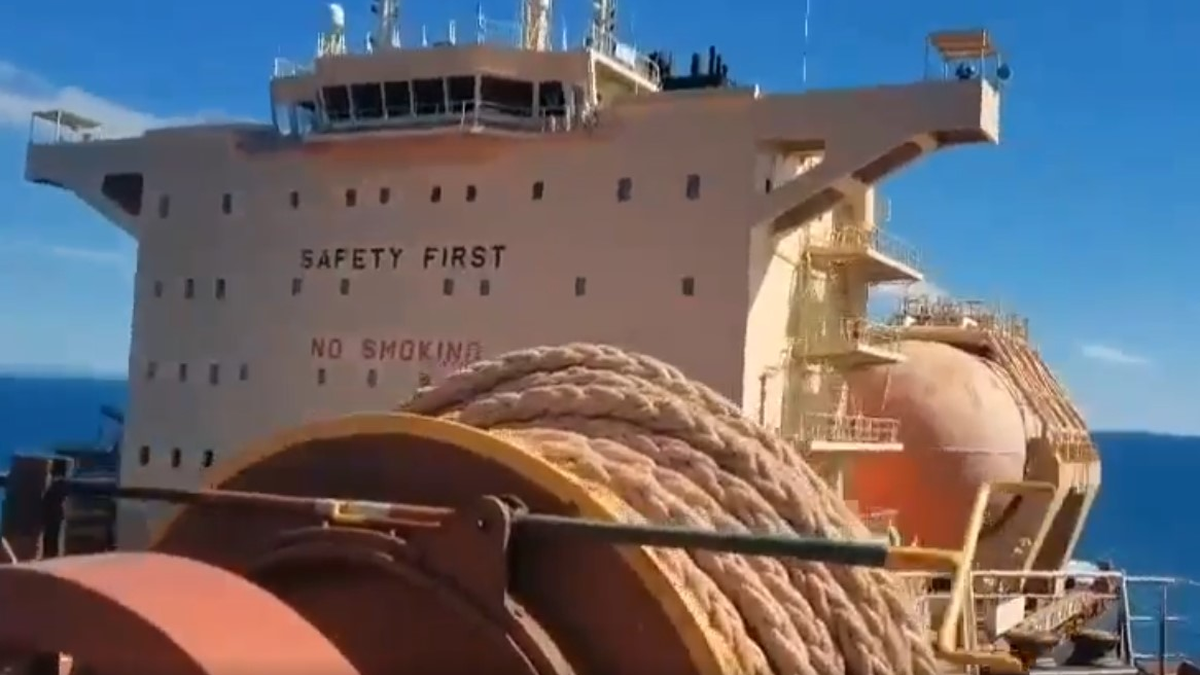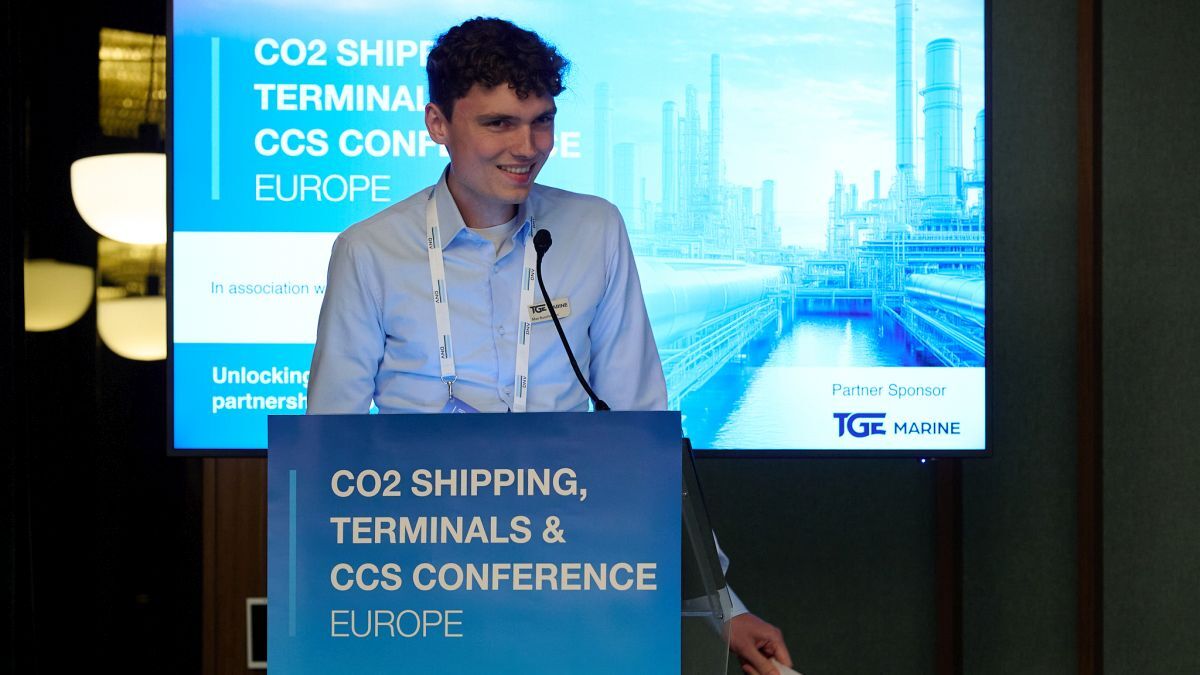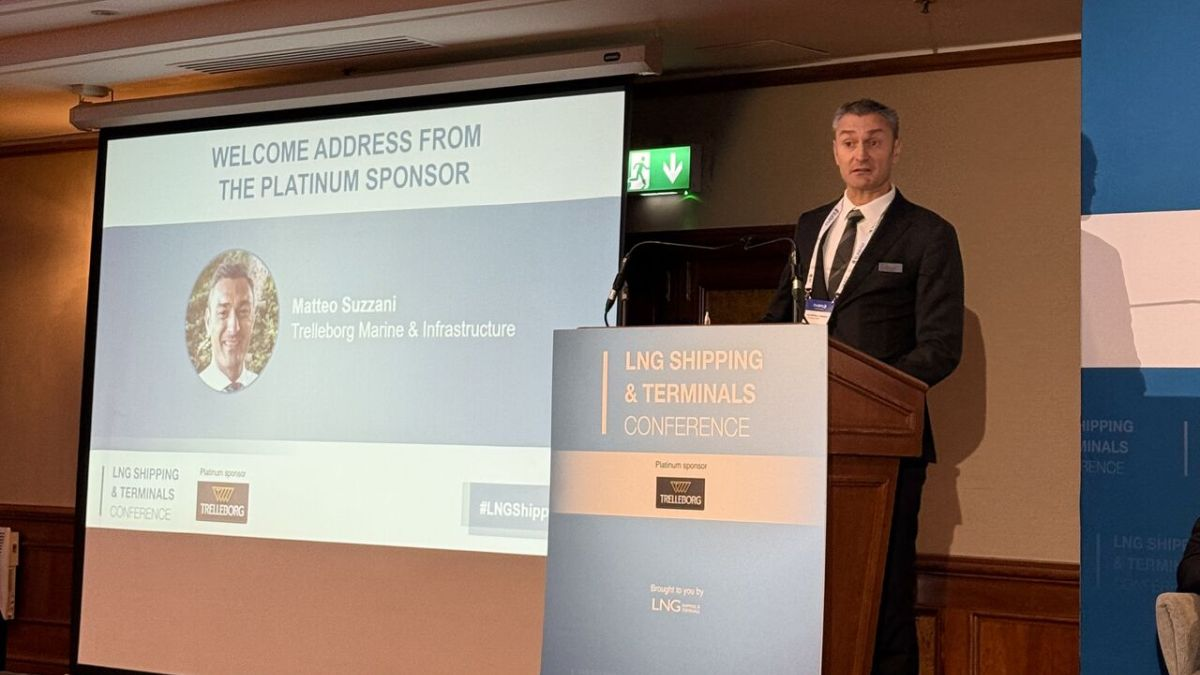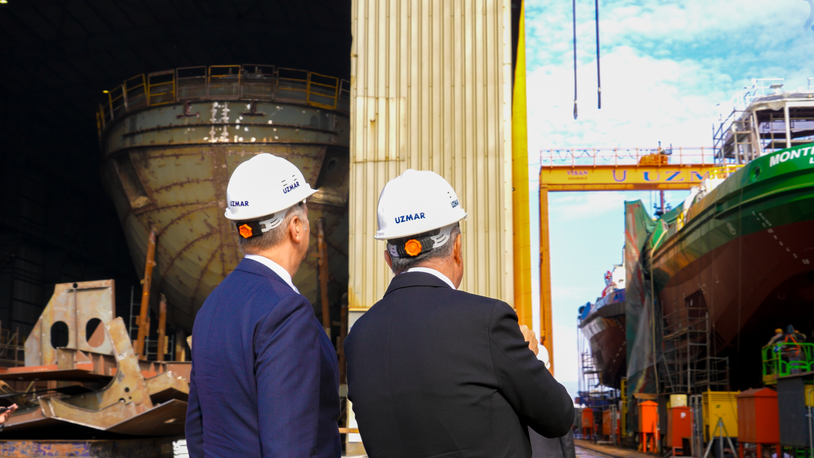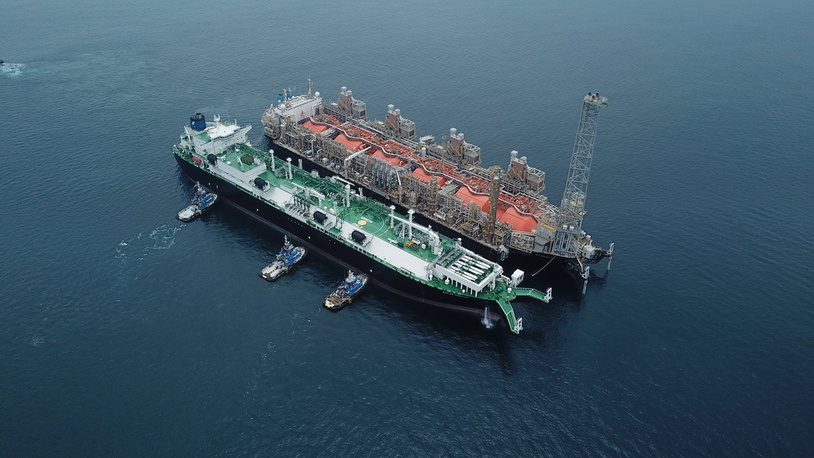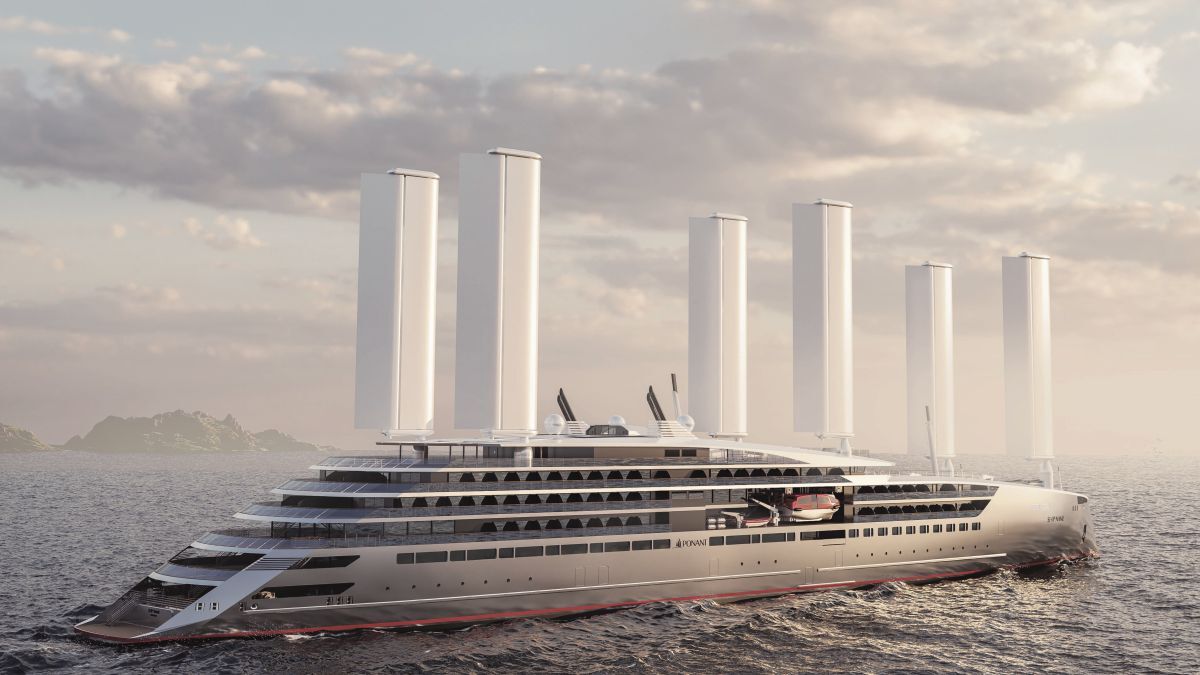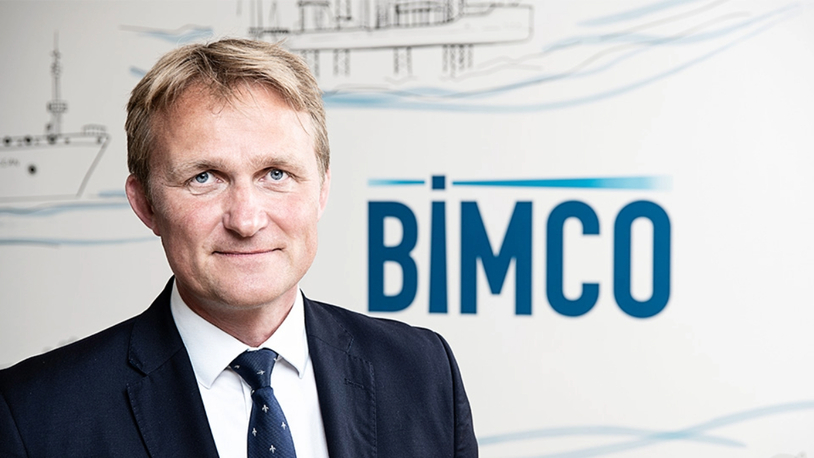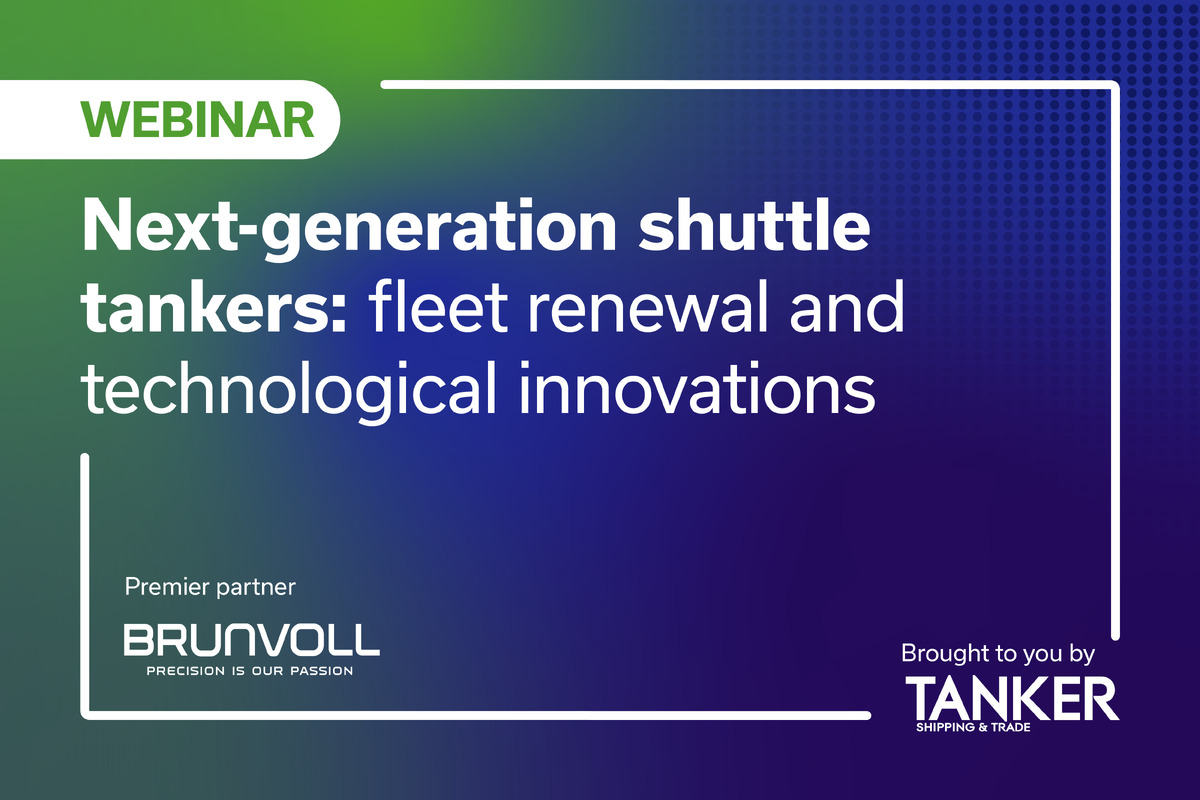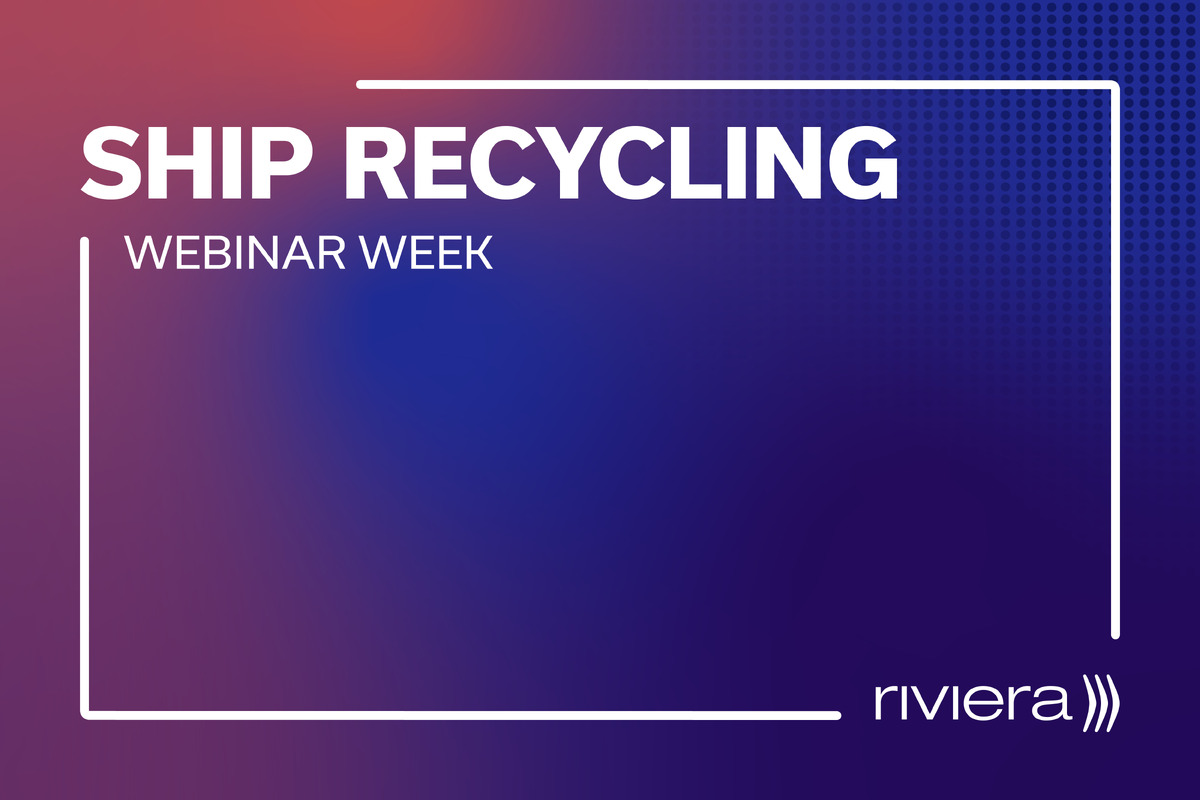Business Sectors
Events
Marine Coatings Webinar Week
Contents
Register to read more articles.
Video: LNG-capable bulker collision raises questions on LNG tank location
A collision off the coast of Australia between two bulk carriers that seriously damaged an LNG fuel tank on deck has opened up an industry debate on the positioning of liquefied gas storage tanks on board vessels
According to LinkedIn and YouTube reports, a serious collision between two bulk carriers at anchorage off Hay Point, Australia on 16 July 2024 was fortunate to have avoided a more catastrophic outcome.
As the YouTube video below shows, a tank used for storing liquefied natural gas (LNG) took a direct hit in the collision.
The LNG tank, situated on the aft deck of 2020-built, 292-m, 179,649-dwt bulker HL Eco, appears to have been sliced open when it was struck by 2011-built, 292-m, 181,458-dwt bulk carrier YM Serenity, which had purportedly suffered a main engine failure. The LNG tank was, according to social media reports, empty.
Crew on YM Serenity were working to avoid the collision after the master apparently lost propulsion control, with crew manually manoeuvring the vessel to prevent a head on strike, according to a LinkedIn post from an account registered to Yevgen Volyansky who lists among his experience ongoing roles as a chief officer with Wilhelmsen Ship Management and Interorient Shipmanagement.
The collision in the video below shows YM Serenity heading toward HL Eco at a nearly perpendicular angle, with the two ships in contact for more than a minute, as the force of the collision brought the vessels alongside each other before they rebounded away.
According to various social media posts, the bow and anchor of YM Serenity struck the port side aft of HL Eco, causing some damage to the vessel’s aft structure and main deck port side, carrying away the starboard anchor and a section of anchor chain, and damaging the forecastle section of YM Serenity in the process.
The IMO Type C LNG storage tank on HL Eco, which had been retrofitted for dual-fuel propulsion, was split and severely damaged. Reports say the LNG tank was empty at the time and, as such, there was no leak of cryogenic liquids or rapid regasification. Some commentators on the accident have suggested a filled tank could have been explosive and dangerous for crew on both ships.
Vessel databases (Equasis, VesselsValue) list HL Eco as Panama-flagged, classed by Korean Registry and commerically managed by Korean company H Line Shipping. The vessel has a recent inspection, no detentions and P&I insurance from Britannia Steamship. The propulsion is listed as a WinGD 6X72DF
19,350 kW XDF dual-fuel engine capable of burning LNG and heavy fuel oil. The vessel’s AIS shows it as underway, fully laden, using its main engine and in the vicinity of Papua New Guinea.
Yang Ming Marine Transport is listed as the commercial controller of YM Serenity, which is also Panama-flagged, with a recent survey and inspections, classed by Nippon Kaiji Kyokai and with recent P&I insurance from A-Gard Norway.
Mumbai, India-based SNP Ship Management posted about the incident on its Facebook page, saying "The collision between the two vessels was immediately reported to MSQ Hay Point VTS who were monitoring the situation, they have immediately activated an emergency towage response involving 2 x DalTug vessels."
Mr Volyansky’s LinkedIn post said the two DalTug vessels are managed by Rivtow. The 2007-built, 31-m Kolijo and 2011-built, 31-m Karloo were said to have been on standby to assess the situation.
The report said a North Queensland Bulk Port pilot was on Karloo while another responder boarded a helicopter to conduct an aerial inspection of the vessels which determined there was no pollution from the accident and no crew were injured.
Following an initial inspection, YM Serenity was reportedly allowed to proceed to an outer anchorage to re-anchor with its remaining anchor. HL Eco was anchored at N7 anchorage. Both vessels required further assessment.
The incident raised questions concerning the LNG storage tanks’ location on aft deck areas and the location’s vulnerability to a collision and pointed to important considerations for naval architects and class societies around retrofit designs and tank placement.
Discussions at Riviera conferences, particularly International Tug & Salvage conventions, have raised related questions regarding safety considerations for salvors responding to accidents involving ships with LNG fuel on board.
Caution: the video below may contain scenes that some viewers could find distressing.
The International Bulk Shipping Conference 2024 will address critical issues shaping the world’s largest shipping sector. Don’t miss out—sign up now to receive exclusive updates and be the first to learn more about this must-attend event. For further details, visit our site.
Related to this Story
Events
Marine Coatings Webinar Week
Maritime Environmental Protection Webinar Week
Ship Recycling Webinar Week
© 2024 Riviera Maritime Media Ltd.
